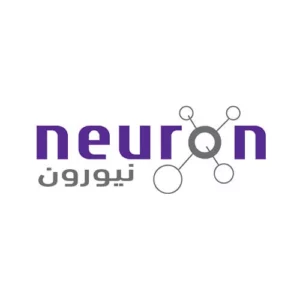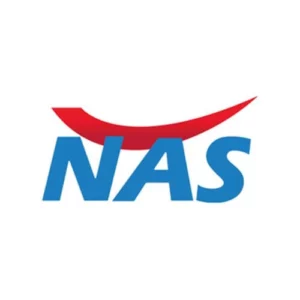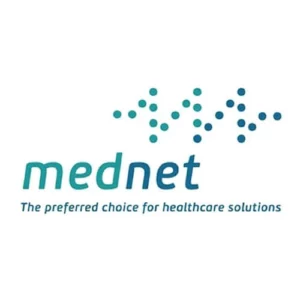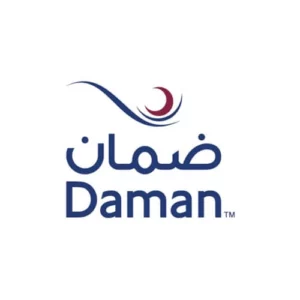WELCOME TO THE
VASCULAR SURGERY Department
Welcome to the Vascular Surgery Department at Valiant Clinic & Hospital in Dubai. Our team of experienced vascular surgeons specialize in the diagnosis and treatment of conditions that affect the vascular system, including peripheral artery disease, varicose veins, and chronic venous insufficiency.
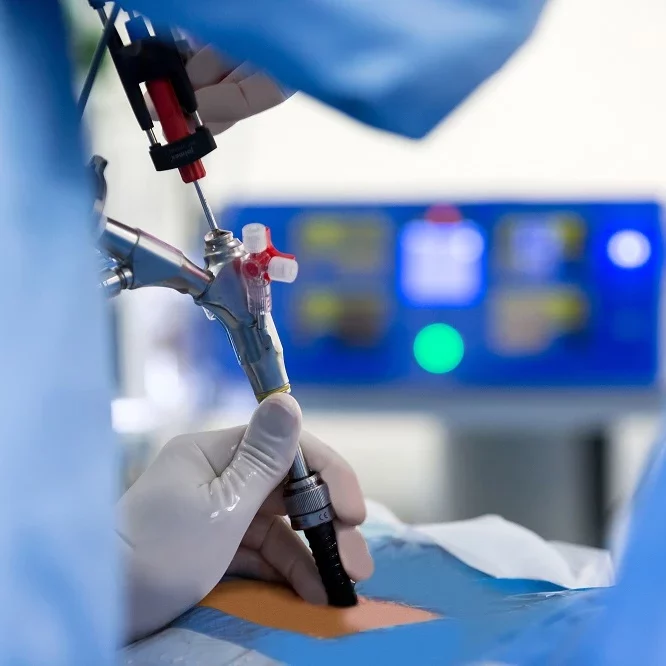
We offer a wide range of both traditional open surgery and minimally invasive surgery, image-guided procedures to provide our patients with the most advanced and effective treatments available.
Our department is equipped with state-of-the-art technology, which allows our surgeons to use minimally invasive techniques such as angioplasty and stenting to treat peripheral artery disease, and laser surgery and sclerotherapy to treat varicose veins.
Our vascular surgeons also perform traditional open surgical procedures for more complex cases, such as the repair of abdominal aneurysms or the removal of blockages caused by atherosclerosis.
We also offer peripheral arterial disease testing to accurately diagnose the condition and determine the best course of treatment. We strive to provide compassionate, patient-centered care through advancements in medical procedures and technologies. Our team works closely with other specialists in the hospital to provide a comprehensive approach to patient care.
At Valiant Clinic & Hospital, we understand that dealing with a vascular disease can be a difficult and stressful experience, and we strive to provide our patients with the support and compassion they need to get through it. Our goal is to help our patients return to a normal and healthy lifestyle as soon as possible. Speaking to a vascular surgeon is the best way of understanding whether things like surgery for varicose veins or surgical reconstruction for another condition is the best choice for your medical therapy. Our surgeons perform minimally invasive catheter procedures and adopt the latest endovascular methods.
If you or a loved one is facing a vascular disease, don't hesitate to contact us. Our team of experienced vascular surgeons will work with you to develop an individualized treatment plan that is tailored to your specific needs.
REQUEST AN APPOINTMENT
A member of our team will reach out to you & quickly get you booked in for an appointment with the most relevant member of our vascular surgery team.
SURGICAL PROCEDURES OFFERED & CONDITIONS TREATED INCLUDE:
Varicose Veins
One of the most common conditions when people think of arteries and veins are varicose veins. This condition happens when swollen and twisted veins that are visible through the skin.
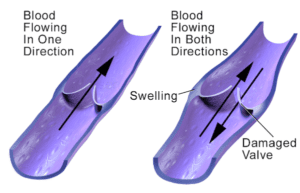
They are most commonly found in the legs and can cause symptoms such as aching, fatigue, and cramping. Vascular surgery can help with varicose veins, whose treatment options also include sclerotherapy, laser therapy, and endovenous ablation.
Spider Veins
Spider veins, also known as telangiectasias, are small, dilated blood vessels that appear close to the surface of the skin. These veins are typically red or blue in color and commonly occur on the legs and face. While spider veins are generally harmless, they can be a cosmetic concern for some individuals. At Valiant's Vascular Surgery Department, our expert vascular surgeons are skilled in the diagnosis and treatment of various vascular conditions, including spider veins.
Patients often seek treatment for spider veins to improve the appearance of their skin, the condition may be more prevalent in individuals with a family history of the condition or in those who have experienced hormonal changes, such as during pregnancy. Prolonged standing or sitting, obesity, and certain medical conditions like diabetes can also contribute to the development of spider veins.
Telltale signs of spider veins include the visible clusters of small, thin veins near the skin's surface, resembling spider webs or tree branches. These veins may cause mild discomfort or aching sensation in some cases. However, it's important to note that spider veins are generally harmless and do not pose a significant health risk.
Treatment options for spider veins at Valiant's Vascular Surgery Department include sclerotherapy and laser therapy. Sclerotherapy involves injecting a solution directly into the affected veins, causing them to collapse and fade over time. Laser therapy, on the other hand, uses focused light energy to target and eliminate the spider veins. Both procedures are safe, minimally invasive, and typically performed on an outpatient basis.
Minimally Invasive Treatment for Spider Veins & Varicose Veins
This involves the use of less invasive techniques to treat varicose and spider veins, such as sclerotherapy and laser therapy.
Chronic Venous Disease
This is a condition in which the veins in the legs are not able to pump blood back to the heart properly. Symptoms include swelling, pain, and skin changes. Treatment options include compression stockings, sclerotherapy, and endovenous ablation.
Artery & Vein Disease
These are conditions that affect the blood vessels in the body. Symptoms and treatment options will vary depending on the specific disease.
Vascular Trauma & Vascular Surgery
This involves the treatment of injuries to the blood vessels. Surgery may be required to repair or remove damaged vessels.
Conservative & Surgical Minimally Invasive Treatment
This involves the use of less invasive techniques to treat varicose and spider veins, such as sclerotherapy and laser therapy.
Lymphatic System (Lymphedema)
This involves the use of less invasive techniques to treat varicose and spider veins, such as sclerotherapy and laser therapy.
Hyperhidrosis (Excessive Sweating)
This is a condition in which a person sweats excessively, even when not physically active or in a warm environment. Treatment options include antiperspirants, Botox injections, and surgery.
Endovascular Procedures
These are procedures that are performed inside the blood vessels, such as embolization with coils, thrombectomy, IVC filters placement, angioplasty, and stenting.
DVT & Anticoagulation Management
Dialysis Access
This involves the creation of an access point (AV fistulas or catheter) in the body for hemodialysis.
Peripheral Vascular Disease
This is a condition in which the blood vessels in the legs and feet become narrowed or blocked. Symptoms include pain and cramping in the legs. Treatment options include angioplasty, stenting, and open surgery.
Port-a-Cath Insertion for Chemotherapy
This is a procedure to insert a small, flexible tube into the body to allow for the administration of chemotherapy.
Wound Care for Diabetic Foot & Chronic, Non-Healing Wounds
This involves the management and treatment of wounds that are slow to heal, such as those caused by diabetes or other underlying medical conditions. Treatment options include wound dressings, debridement, and wound care management.
Carotid Artery Disease
This is a condition in which the blood vessels in the neck (carotid arteries) become narrowed or blocked, typically due to the buildup of plaque. Symptoms can include stroke, transient ischemic attack (TIA), and neck pain. Treatment options include lifestyle changes, medication, and surgery such as carotid endarterectomy and stenting.
MEET OUR VASCULAR SURGERY TEAM
Sorry, we couldn't find any posts. Please try a different search.
PARTNERING WITH LEADING
MEDICAL INSURANCE PROVIDERS
We work with leading medical insurance providers in the country, if you have any questions or queries just give us a call on 8008254268.
